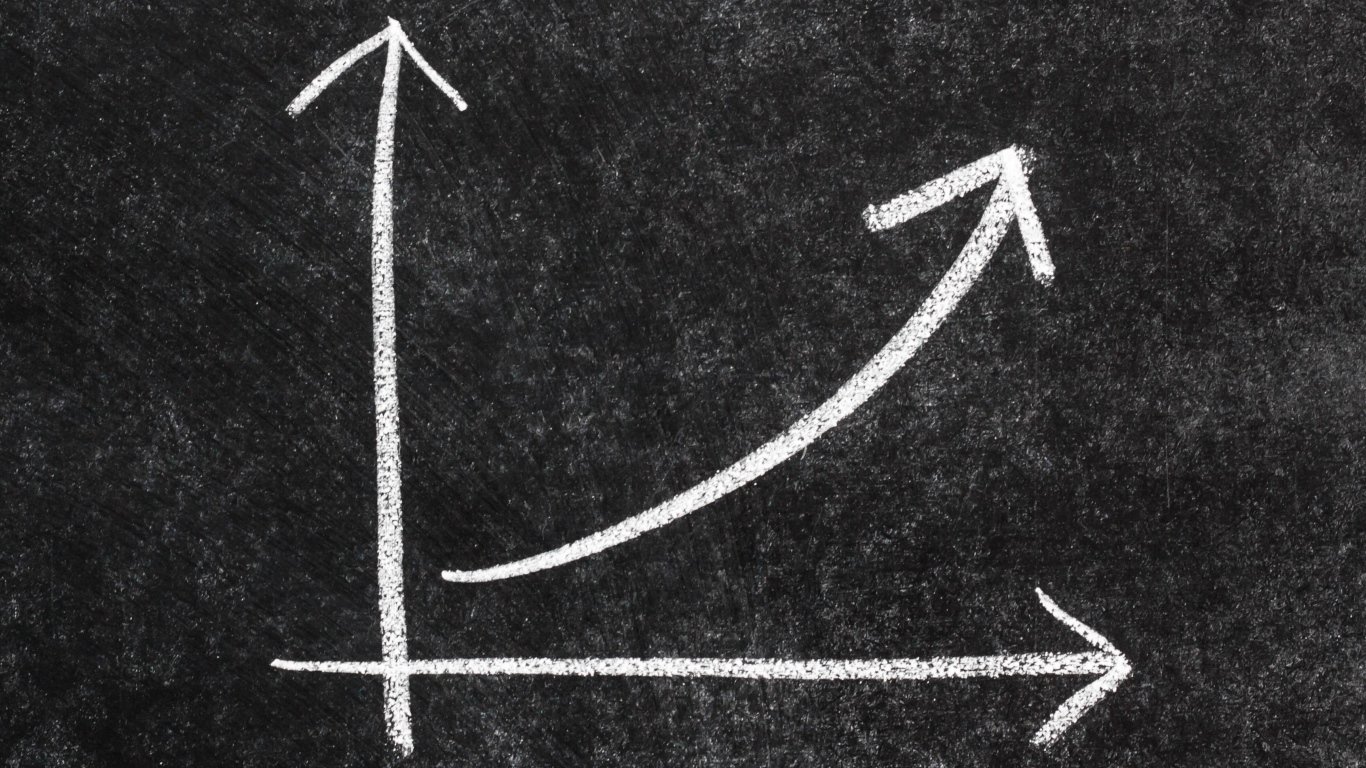Health and Healthcare
Why Aldeyra Could Have Another 100% Upside, or More

Published:
Last Updated:

Aldeyra Therapeutics Inc. (NASDAQ: ALDX) did not wait all that long to ride its good news into a secondary offering. As its shares closed up almost 35% at $13.35 on Wednesday after solid eye trial news, and on about 40 times normal trading volume, Aldeyra announced that it will sell 5.25 million shares of common stock to help fund the continued development of its lead compound reproxalap and its other product candidates.
It turns out that two research firms have called for major upside ahead, even after the big pop in the stock. Janney reiterated Aldeyra as Buy and raised the price target to $28, while Canaccord Genuity reiterated its Buy rating and raised its target to an even more aggressive $35, after having been at $27 before this move.
24/7 Wall St. has included some data from each of these two rather bullish analyst reports, but there are some things that investors should consider. Secondary offerings right after very positive news can limit a company’s trajectory until the shares are fully absorbed by the market and by the institutions that want to own them. Another issue is that Aldeyra has a market cap of only $281 million, even after the great news that drove the stock higher. The company also has no revenues and is not expected to have any in 2018 or 2019.
One observation that also cannot be ignored is that there is obviously far more risk here than in an established biotech or pharma stock with years of a proven record. Traditional upgrades and reiterated Buy/Outperform ratings from bulge bracket firms covering Dow Jones industrials and S&P 500 stocks come with an average upside projection of 8% to 10% at this stage of the bull market. These two reports have an average of about 100% upside to the higher price targets.
Here are two analyst reports calling for even further upside in Aldeyra, based on its positive news.
Janney’s Esther Hong has a Buy rating and the price target was raised to $28 from $21 in Thursday’s report. After Aldeyra reported positive data from its Phase 2b study of 0.1% and 0.25% reproxalap for the treatment of dry eye disease, the 0.25% reproxalap demonstrated significance in the Four-Symptom Ocular Dryness Score and Overall Ocular Discomfort Symptom Score, even though the study was not powered to demonstrate statistical significance.
Aldeyra is now likely to conduct two Phase 3 studies, with the first Phase 3 study comprising two stages and additional data coming due in the fourth quarter of 2018 or the first quarter of 2019. The Janney report said:
Onset of action was observed two weeks following initiation of treatment, which is similar to Xiidra and much earlier than Restasis. Both doses of reproxalap were well tolerated with drop out rates in-line with current therapies. The Phase 3 program is expected to initiate in 2019 and will include two trials evaluating 0.25% reproxalap. Given that statistical significance was observed despite not powering the study to demonstrate it, we are positive on the Phase 3 program and await additional trial design details following discussions with FDA. Separately, we await topline Phase 3 data of reproxalap in allergic conjunctivitis (4Q18/1Q19).
In the Canaccord Genuity report, the firm’s John Newman talked up statistically significant improvement across multiple measures and dose responses. That report said:
Management has indicated that regardless of the imputation techniques (such as ITT LOCF) used for data analysis, the Phase 2b data showed statistical significance in symptoms and signs improvement over vehicle for 0.25% reproxalap, a strong positive. Furthermore, management has indicated that the 0.25% reproxalap arm also showed low discontinuation rate and missing data, further indicating that the Phase 2b data is representative of 0.25% reproxalap clinical benefit. This also mitigates concern for discontinuation risk for the Phase 3 trial.
Canaccord Genuity based its new $35 target as a net present value report, based on its expectation for positive Phase 3 dry eye data after positive Phase 2 data. The firm also noted that it continues to expect positive Phase 3 data in allergic conjunctivitis in late 2018 or early 2019, as well as positive Phase 3 data in anterior noninfectious uveitis in 2019.
The most recent short interest data, from the September 14 settlement date, showed only 402,855 shares sold short, which represents 6.22 days to cover. After a 35% gain in a day and with a 40-times volume spike, that is likely to be far higher in the coming short interest reports.
Shares of Aldeyra were up another 2% at $13.62 on Thursday. Its 52-week trading range is $5.55 to $16.70.
Take the quiz below to get matched with a financial advisor today.
Each advisor has been vetted by SmartAsset and is held to a fiduciary standard to act in your best interests.
Here’s how it works:
1. Answer SmartAsset advisor match quiz
2. Review your pre-screened matches at your leisure. Check out the advisors’ profiles.
3. Speak with advisors at no cost to you. Have an introductory call on the phone or introduction in person and choose whom to work with in the future
Take the retirement quiz right here.
Thank you for reading! Have some feedback for us?
Contact the 24/7 Wall St. editorial team.